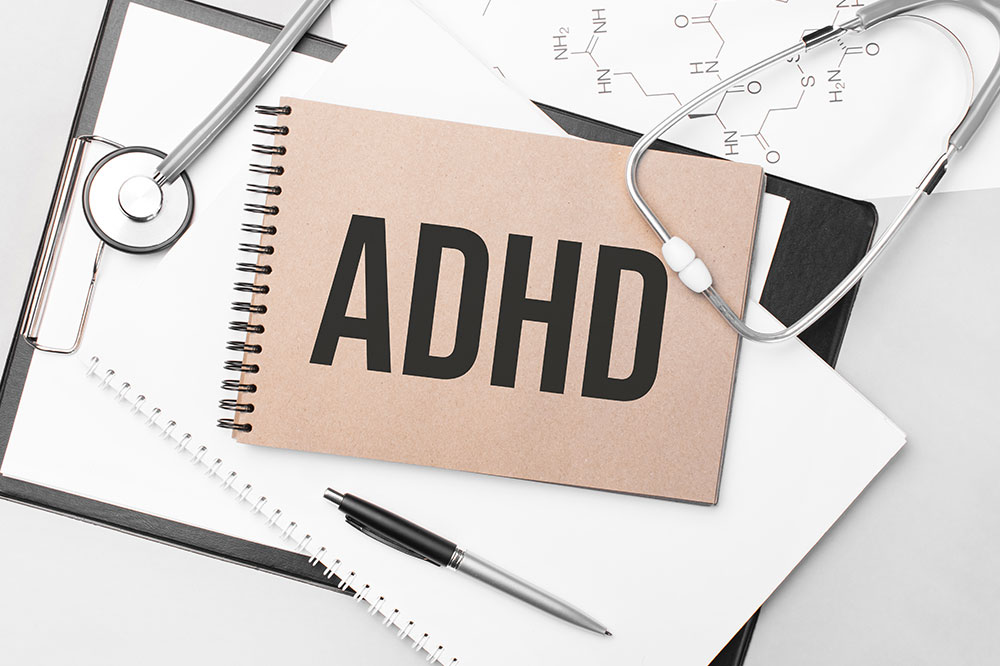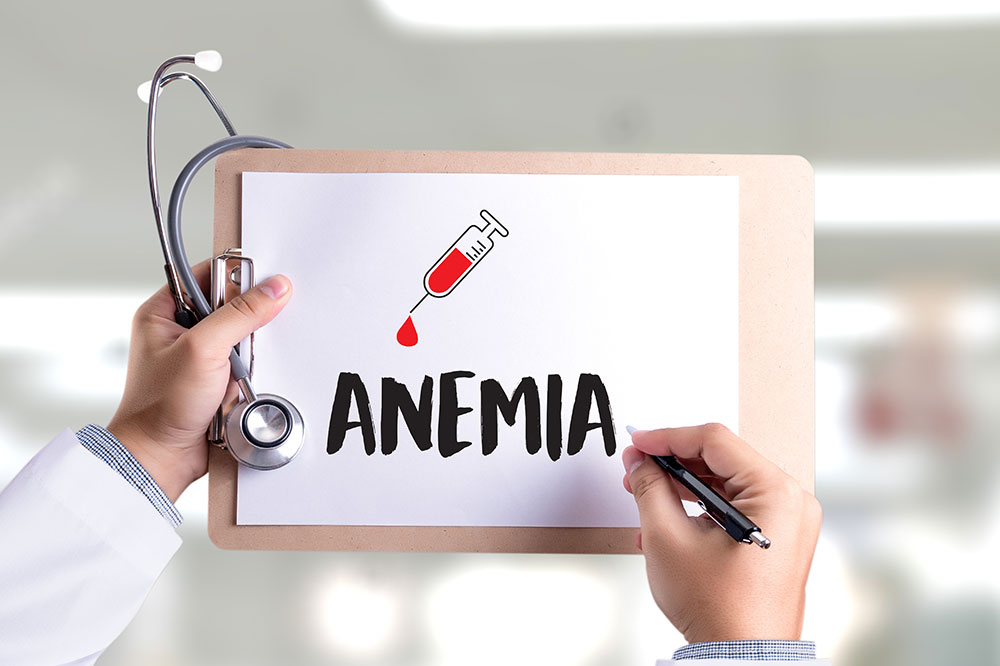Gout – Diagnosis, stages, and prevention
Gout or gouty arthritis is a form of arthritis that commonly occurs in the joint located at the base of one’s big toe. It can also be seen in other joints and results in swelling, sudden pain, and tenderness. It can happen to anyone and occur at any moment, even suddenly in the middle of the night. The good news is that it can be prevented and treated. Diagnosis of gout Multiple medical tests can be used to determine if one has this form of arthritis. Below is a list of the most common tests. Joint fluid test The doctor uses a needle to collect fluid from one’s joint and test the same under a microscope. If urate crystals are found in the fluid then they have the condition. Blood test For gout detection, the doctor may suggest a blood test. The amount of creatinine and uric acid present in one’s blood indicates if they have it or not. However, the result of the blood test may not always be conclusive. X-ray imaging If one has joint inflammation, the doctor can use X-ray imaging to determine if it is caused by any other reason or gouty arthritis. Ultrasound A musculoskeletal ultrasound test is used to determine if one has gout or any other form of arthritis.
Read More 









